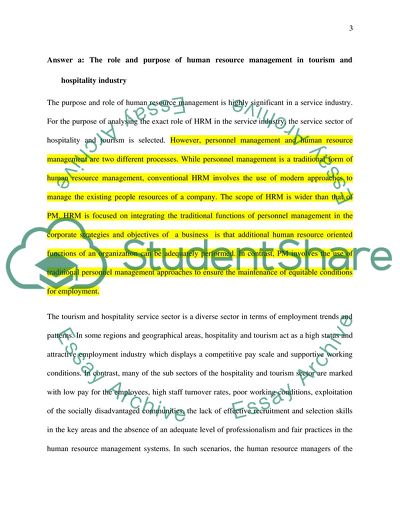Cite this document
(Human Resource Management for Service Idustries Assignment, n.d.)
Human Resource Management for Service Idustries Assignment. Retrieved from https://studentshare.org/human-resources/1679668-human-resource-management-for-service-idustries
Human Resource Management for Service Idustries Assignment. Retrieved from https://studentshare.org/human-resources/1679668-human-resource-management-for-service-idustries
(Human Resource Management for Service Idustries Assignment)
Human Resource Management for Service Idustries Assignment. https://studentshare.org/human-resources/1679668-human-resource-management-for-service-idustries.
Human Resource Management for Service Idustries Assignment. https://studentshare.org/human-resources/1679668-human-resource-management-for-service-idustries.
“Human Resource Management for Service Idustries Assignment”, n.d. https://studentshare.org/human-resources/1679668-human-resource-management-for-service-idustries.


